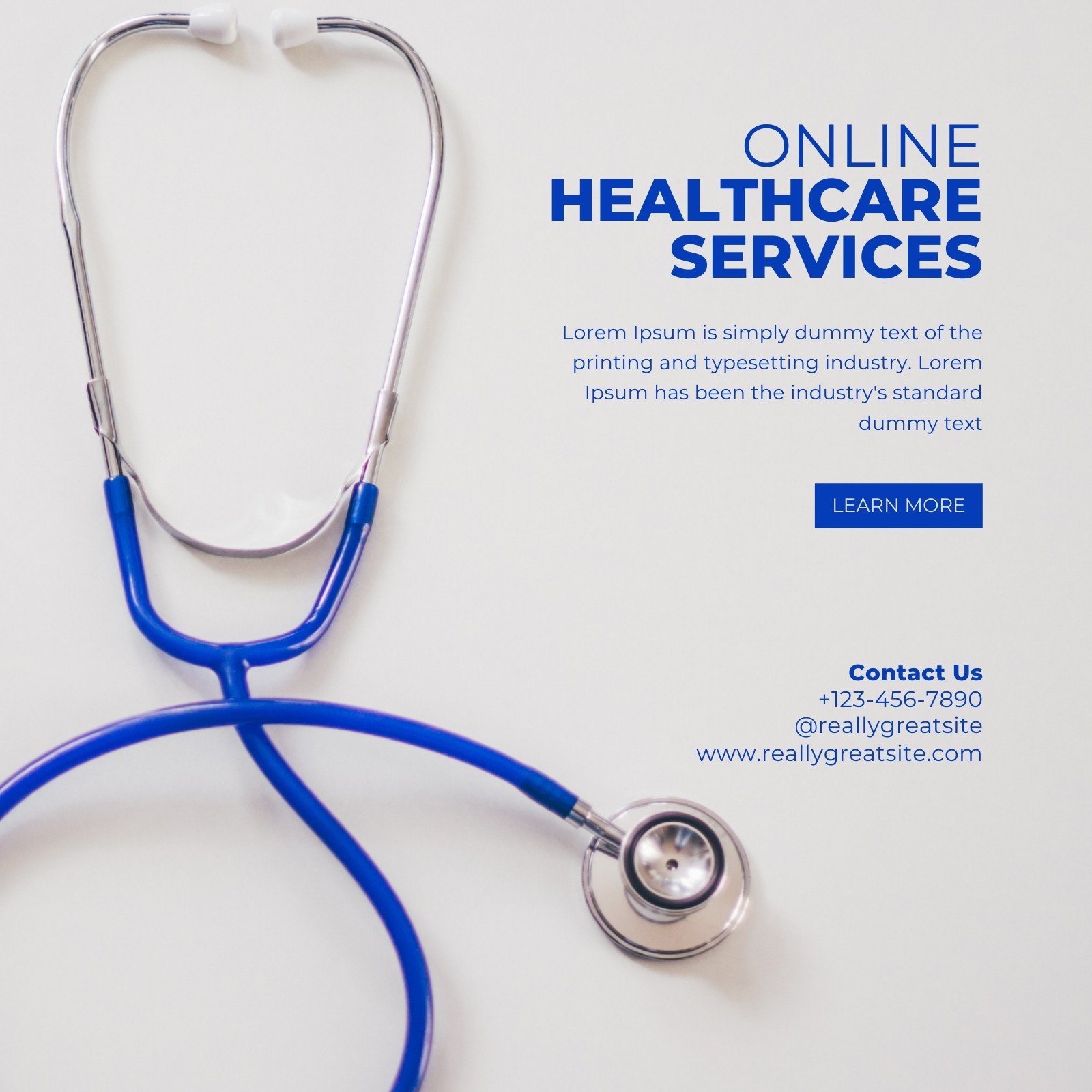Opening the Keys of Subscription Based Healthcare for Better Patient Outcomes
Opening the Keys of Subscription Based Healthcare for Better Patient Outcomes
Blog Article
The Increase of Subscription-Based Medical Care and Its Impact on Person Treatment
As medical care evolves, the subscription-based design is getting traction, promising to change individual care by using predictability and accessibility. These models, which bypass conventional insurance policy, can redefine the patient-doctor dynamic, emphasizing precautionary and customized care. Yet, just like any type of technology, they present challenges, particularly worrying fair accessibility for all socioeconomic groups. The potential for these models to improve health care distribution increases pushing questions concerning their lasting sustainability and inclusivity. Are these membership services the future of healthcare, or do they take the chance of leaving prone populaces behind? The ins and outs of this shift warrant a closer assessment.
Understanding Registration Health Care Models
Realizing the concept of registration healthcare models entails examining a transformative method to clinical services that stresses affordability and access. These designs, frequently described as direct primary care (DPC) or attendant medication, have become cutting-edge alternatives to standard fee-for-service healthcare systems. Membership health care permits people to pay a set regular monthly or yearly fee for a defined set of medical solutions, which might consist of limitless workplace brows through, regular exams, and basic lab tests, without the requirement for standard insurance invoicing.
The framework of registration health care models is designed to enhance individual treatment by getting rid of third-party payers and intricate billing codes, thereby minimizing management worries. Doctor can concentrate more on client care, promoting stronger patient-provider connections. This design likewise promotes preventative care by encouraging regular gos to, as the monetary challenge of per-visit fees is eliminated.
The membership model frequently encourages healthcare service providers to handle smaller sized patient panels, enabling even more tailored treatment. It lines up monetary rewards with client health end results, as providers are encouraged to keep individual contentment and wellness. In general, comprehending subscription healthcare versions needs acknowledging their potential to improve how treatment is delivered and accessed.
Advantages for Companies and clients

For carriers, subscription-based versions offer the possibility to deepen patient-provider relationships. With a consistent earnings stream, medical care professionals can devote more time to each patient, leading to a more extensive and individualized treatment experience. This design likewise minimizes reliance over client quantities, reducing fatigue and improving work contentment. Moreover, the focus on preventive care within registration strategies can cause much better individual results and decreased long-term healthcare costs. By concentrating on continual care, companies can deal with issues prior to they intensify, ultimately profiting the healthcare system overall by minimizing the concern on emergency and acute treatment services.
Difficulties and Problems
While subscription-based healthcare versions present various advantages, they additionally come with a collection of difficulties and issues that should be dealt with. This raises moral inquiries regarding equitable accessibility to medical care services.
Financial sustainability of subscription-based models is an additional worry. Carriers need to balance the set revenue from memberships with the variable costs of health care solutions, which might vary as a result of unanticipated medical explanation needs. This can create stress to limit solutions or boost charges, possibly affecting client complete satisfaction and care quality.
In addition, regulative oversight of subscription-based health care versions is still progressing. The absence of standard structures can bring about irregular solution quality and accountability, complicating efforts to ensure client security. The assimilation of technology-- usually a cornerstone of these versions-- raises concerns concerning data personal privacy and protection, as sensitive person information might be at risk to violations. Dealing with these difficulties is crucial for the effective and fair execution of subscription-based healthcare.
Effect On Patient-Doctor Relationships
One significant impact of subscription-based health care designs on patient-doctor relationships is the potential for enhanced continuity and personalized care. By adopting a subscription design, medical professionals can handle a smaller client panel, enabling more dedicated time with each individual. This enhanced availability fosters a deeper understanding of a patient's case history, way of life, and choices, allowing much more tailored therapy plans and treatments.

Nevertheless, it is essential to recognize that while subscription-based versions may profit those who can afford them, they could accidentally broaden health care variations. Patients that are unable to take part in these versions might experience lower access to customized treatment, potentially affecting their connections with medical care carriers. Therefore, while the subscription design supplies appealing advantages for patient-doctor connections, it additionally positions challenges that need to be resolved to guarantee fair healthcare gain access to.
Future of Health Care Access

The role of technology can not be overlooked in this change. Telemedicine platforms and electronic health documents facilitate smooth interaction in between people and medical care service providers, breaking down geographical and logistical barriers. Additionally, developments in synthetic intelligence and data analytics can further individualize clinical treatment by anticipating client needs and maximizing therapy strategies.
Nevertheless, the future of medical care access additionally offers difficulties, such as making sure equity across different socio-economic teams. Policymakers and doctor have to work together to link the digital divide, ensuring that subscription-based versions stay cost effective and inclusive. As these systems mature, they hold the pledge of making health care more obtainable, efficient, and Get More Info patient-centric.
Conclusion
Subscription-based healthcare versions are reshaping patient care by offering a stable cost structure and enhancing access. The rise of subscription-based healthcare motivates positive person engagement, which has the potential to improve patient end results and fulfillment, indicating a transformative change in health care distribution.
As medical care progresses, the subscription-based design is acquiring traction, promising to transform patient treatment by supplying predictability and accessibility.Subscription-based medical care models provide distinct benefits for both carriers and people, improving the general healthcare experience.As healthcare systems advance, the future of medical care access frequently pivots on the combination of innovative designs and innovations.Subscription-based health care versions are reshaping person treatment by offering a secure expense framework and boosting ease of access. The increase of subscription-based health care motivates positive individual interaction, which has the prospective to enhance individual results and complete satisfaction, signifying a transformative shift in healthcare distribution.
Report this page